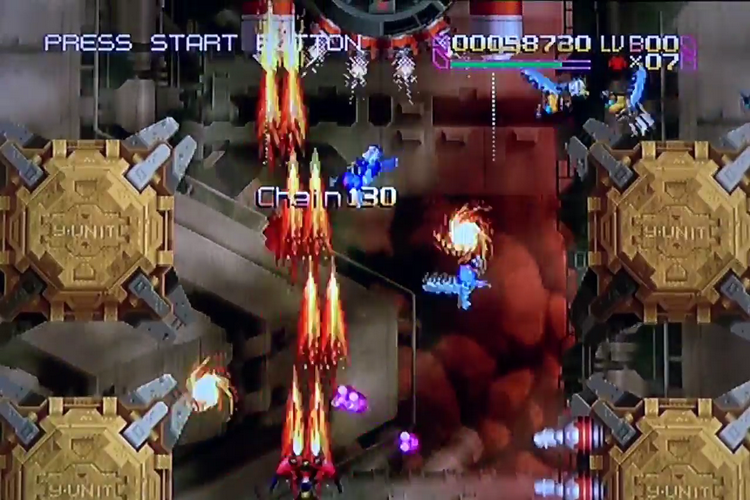


Ikaruga was later ported to the Xbox 360, Windows, Nintendo Switch, and PlayStation 4. Most critics felt the unique game design choices were innovative, while some believed they stifled many of the classic shooter elements. Some criticism was directed towards its difficulty. Critics praised the graphics as well as the art and sound design. It was later released in the West in 2003 on the GameCube, receiving positive reviews. In 2002, Ikaruga was ported to the Dreamcast in Japan and began to grow a cult following from import gamers worldwide. Treasure staff explained this was due to players expecting a more standard shooter offering but instead being greeted with a different game system that featured more puzzle-like elements rather than the twitch gameplay of bullet-dodging. Upon its initial release in Japanese arcades, reception was mixed. All together, five Treasure staff worked on Ikaruga, as well as three support staff from G.rev. In tradition with Treasure's game design philosophy, Ikaruga was intentionally crafted to challenge the conventions of standard game design and develop a new type of shooting game. The bullet absorption mechanism was used as a means to refill ammo, however, this was found to be weak as it created too many breaks in the action. During the game's prototype stages, the player's ammo was limited. Titled "Project RS2", the game began as a sequel to Radiant Silvergun, and borrows many elements from it as well as the polarity mechanism from Treasure's Silhouette Mirage (1997). The game features both single-player and cooperative modes.ĭevelopment on Ikaruga began during director Hiroshi Iuchi's off-hours while Treasure was busy developing Sin and Punishment (2000). Bullets which are the same color as the player are absorbed while the others will kill the player. All enemies and bullets in the game are either black or white. This polarity mechanism is the game's key feature and the foundation for its stage and enemy design. The story follows a rebel pilot named Shinra as he battles an enemy nation using a specially designed fighter called the Ikaruga which can flip between two polarities, black and white. It is the spiritual sequel to Radiant Silvergun (1998) and was originally released in Japanese arcades in December 2001. ' Japanese Grosbeak') is a shoot 'em up developed by Treasure.


 0 kommentar(er)
0 kommentar(er)
